Join More Than 50,000+ Subscribers and get latest camera news and rumors
NEW CAMERA VIDEOS ON YOUTUBE
Download Our Android App
|
By admin, on April 19th, 2015
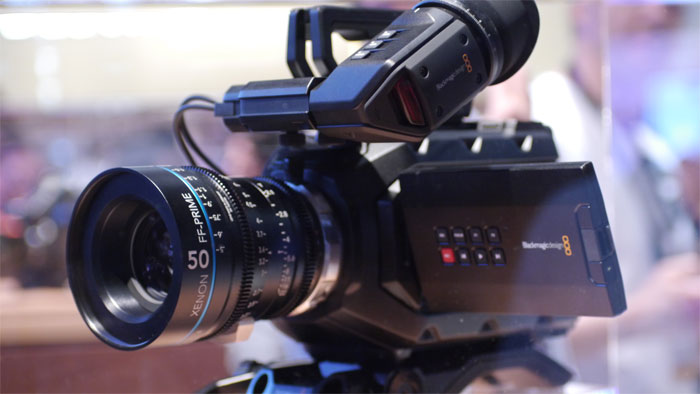
Without question, the Blackmagic Design booth at NAB drew a record crowd this year, and for good reason. Not only did they have an upgrade path for the URSA, via a new sensor and v2.3 firmware, they also introduced two new cameras, the first of which is the baby brother to URSA. The URSA Mini, as its called, has performance unheard of in a price point raging from 5k to $5500 US, depending on mounting options, Canon EF or PL mount. The URSA Mini, like its sibling, offers a new sensor with an astonishing 15 stops of dynamic range and an improved ISO versus the old 4k sensor, which had an ISO of400 andanadequate 12 stops of dynamic range. For Blackmagic and enthusiasts alike, this may be the camera everyone has been waiting for.
First of all, the new Mini weighs less the full size URSA. Coming in at 2.3 kg or 5 lbs., the camera weighs about a quarter of what the URSA does. Although this does not include the various items one needs to kit it up, this makes URSA Mini more than manageable for hand held work. To assist the operator in handheld environments, the Mini comes with an affordable accessory kit. The Mini has an optional shoulder pad, which attaches nicely to a quick release plate. But, that is not all. In addition to the shoulder pad, which can hold two 15mm rods, a handle accessory mounts on the top of the camera for carrying. An extender arm, which attaches to the base kits control handle, is reminiscent of Sony’s FS7. This accessory kit retails for $395 US and is a must have for hand held shooting environments.
Although test footage will be forthcoming in the subsequent months ahead, the new sensor available for the Mini should render some amazing images. The new sensor, which sports a 4.6k resolution, is now rated at 800 ISO compared to the old 4k sensor. The old sensor had mediocre low light performance that I will not delve into here, as it is well known and has been documented at nauseam. The new sensor has an ISO range of 200-1600 ISO, a marked improvement over the previous 400-800 ISO offered on the Blackmagic Production Camera and the 4k URSA, which had a native 400 ISO. If the new ISO range and the 800 native ISO of the new sensor is any indicator of low light performance, the 4.6k sensor should be approximately 1 stop faster than the old sensor. So, theoretically, the new sensor should be a marked improvement in low light performance.
If you thought the Blackmagic Mini only had one accessory kit available, you would be mistaken. With Blackmagic receiving feedback from shooters, they decided to enter the viewfinder market as well. The new viewfinder cabling attaches to the right side of the camera via a 4-pin XLR cable for power and a standard 3g SDI BNC connector. Yielding an astounding 1920×1080 resolution, the new viewfinder option sports real glass optics, agenerous diopter range to accommodate most operators, and an east to west adjustment to suit one’s ergonomical preference. Look for the viewfinder to retail for $1500 US.
The new viewfinder is not the only viewing option. Like the original URSA, the Mini has a fold out high-resolution screen.Opposed to the 10in screen available on big brother, the Mini’s screen is 5in, but more than adequate as a viewing solution. Like the viewfinder option, the side monitor sports a 1920×1080 resolution and is as sharp and accurate as the larger 10in screen.In addition to being a viewing option, like all previous Blackmagic camera models, this new monitor features touch screen access to the camera’s menu.
A production camera would not be a viable option without professional audio, and here the Mini does not disappoint. Mounted in a unique position on the camera, Blackmagic Design decided to place two XLR inputs on the top rear of the camera. Blackmagic claims that the XLR inputs will record 24bit audio at 48,000Hz, an excellent option for single system recording when audio quality counts.
New for any Blackmagic camera, the Mini records more resolutions than ever before. Actually, the Mini has 7 different resolutions ranging from 1920×1080 to 4608×2592. Included resolutions are: 4608×2592, 4608×2304 (4K 16×9), 3840×2160 (Ultra HD), 3072×2560 (3K Anamorphic), 2048×1152 (2K 16:9) &1920×1080.These new resolutions can be recorded to CinemaDNG 3:1 180MB/s, CinemaDNG 4:1 135MB/s and variousflavors of ProRes CODES ranging from ProRes Proxy to ProRes 444.
If the myriad of attendees mobbing the Blackmagic Design booth is any indicator, the URSA Mini prototype, which premiered at NAB this year, was a resoundinghit.Holding it on my shoulder with the optionalshoulder pad and extension arm mated to an Arri rosette on the shoulder pad baseallowed me to easily balance theMini on my shoulder, like a traditional ENG camera. The recording media, although still expensive C-fast cards, have come down in price slightly over the past six months. Look for the price to come down further now that the new Canon C300 Mark II requires the same media. With recording options galore, 15 stops of latitude, and better low light performance than its predecessor, the new URSA Mini will be the least expensive, highest quality cinema camera option availablein a growing and robustproduction marketplace.
About the Author: Thomas Cznarty is a lecturer at the State University of New York at New Paltz. Currently, he teaches in the Communication and Media department. He writes poetry, short fiction and screenplays. Thomas Cznarty is also a filmmaker and media producer with a strong background in film and television production.
Previous article – A Detailed Look – Blackmagic URSA and CFast Cards
By admin, on March 26th, 2015
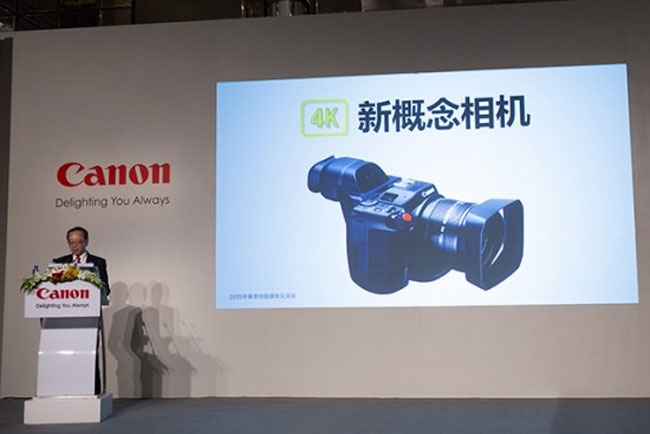
You see Canon China President and CEO Hideki Ozawa showing the 4k camera in a conference in China, multiple images surfaced through a Weibo account and different rumor mills around the world.
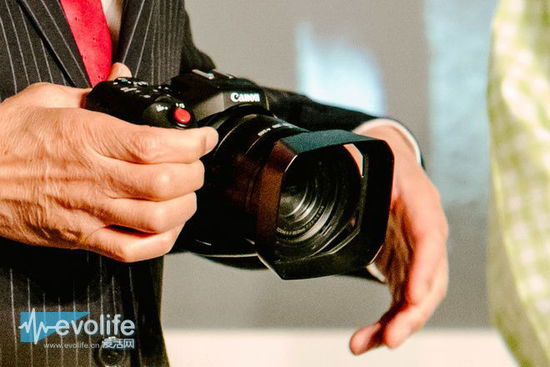
Canon will soon announce 4K compact camera with 10X optical zoom lens, you can see the images of the camera look similar to a rebel series DSLR with fixed lens, we can clearly spot the aperture range and optical zoom lens of the camera.
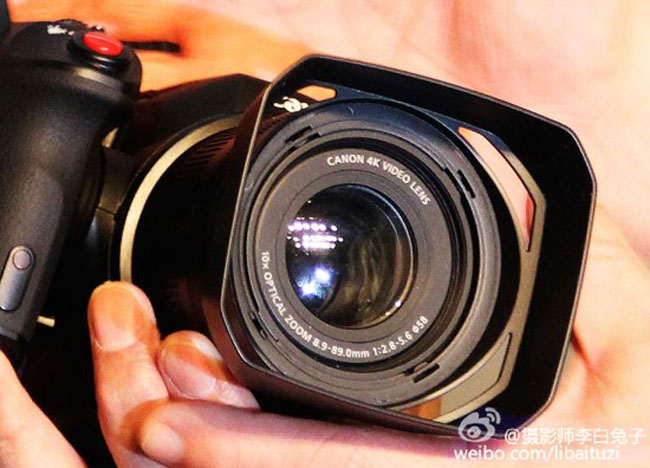 10x optical zoom 8.9-89mm f/2.8-5.6 4k video lens. 10x optical zoom 8.9-89mm f/2.8-5.6 4k video lens.
As you can see the design is not so compact and resembles with DSLR with an external viewfinder and lens hood.

The camera is expected to arrive at NAB 2015 show, we will update you soon as we get any new information.
STAY WITH ON FACEBOOK | TWITTER | GOOGLE+ to get live news + See all Canon Rumors 24X7+
src – CW
By admin, on March 23rd, 2015
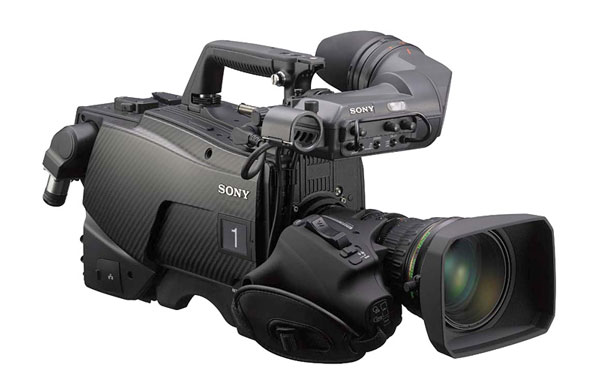
Finally confirmed that Sony HDC4300 Coming at NAB 2015, take a look at the major specification below: –
Sony HDC4300 Major Features
- 3-chip CMOS image sensor
- 9.8 megapixel
- 2/3-inch sensor
- standard HD and HD high frame rate imaging
- 4K multi-format imaging
We will update you as soon as we get more information.
stay with us FACEBOOK | TWITTER | GOOGLE+) and we will update you soon as we get any Sony Rumor.
src – Sonyalpharumor
By admin, on March 10th, 2015
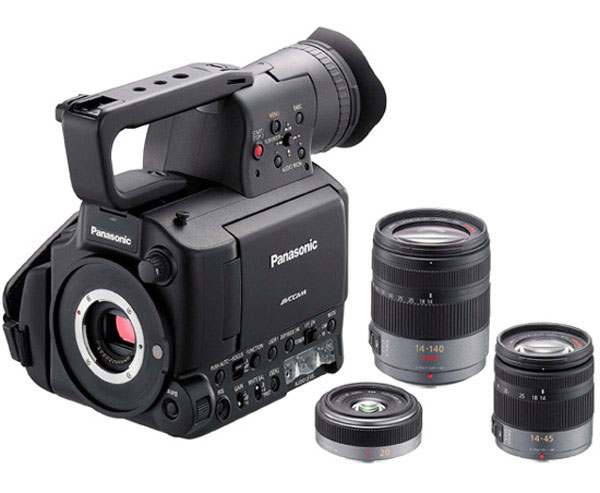
Based on latest rumors we are now almost confirmed that Panasonic will announce successor of AG-AF100 camcorder is expected to arrive on April 13, 2015. The upcoming camera is rumored to feature new sensor and 4K recording.
Take a look at the rumored specification of the upcoming camera…
4K video
18MP photo
16+ stops of dynamic range
Improved lowlight capabilities
Improved skintones
Improved highlight rendition
Useable ISO (almost no grain) up to 12,800
The new camera will basically have one of the best stills and videos images/color rendition/dynamic range compared to the competition
Price tag is expected to be high – similar to the AF101: around $3k-$4k
So let’s wait and watch… we will update you soon as we get any new information.
STAY WITH ON FACEBOOK | TWITTER | GOOGLE+ to get live news + rumors 24X7+
Also see – Noise Bands in Panasonic GF7 Images
src – 43rumors.com
By admin, on February 21st, 2015
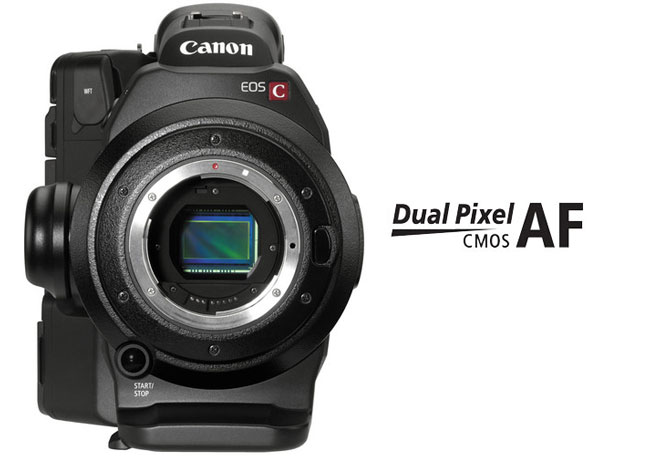
According to the latest buzz around the web, Canon EOS C300 Mark II with 4K Video support is expected to arrive on NAB 2015 Show, take a look at the rumored specification below:-
Canon EOS C300 Mark II 4K Major Features
- Color rendition a top priority
- Future proof mandate, great dynamic range, codec and usability
- Canon does not see the FS7 as a competitor, as they expect their camera to be better in every way.
- New motor zoom lens for C-series coming
- Shoulder mount system for EOS C300 Mark II coming
- No more on pricing at this time
STAY WITH ON FACEBOOK | TWITTER | GOOGLE+ to get live news + rumors 24X7.
By admin, on September 26th, 2014
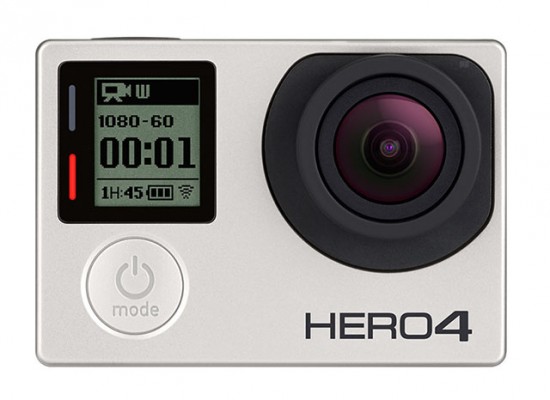 The upcoming GoPro Hero 4 images leaked today, the camera will feature 4K video recording, two variants are coming one will be Hero 4 Black and the Hero 4 Silver, the GoPro Silver version can record 1080p 60 and 720p 120 video and Black version will have 4k video recording capabilities at 30 frames per second. The upcoming GoPro Hero 4 images leaked today, the camera will feature 4K video recording, two variants are coming one will be Hero 4 Black and the Hero 4 Silver, the GoPro Silver version can record 1080p 60 and 720p 120 video and Black version will have 4k video recording capabilities at 30 frames per second.
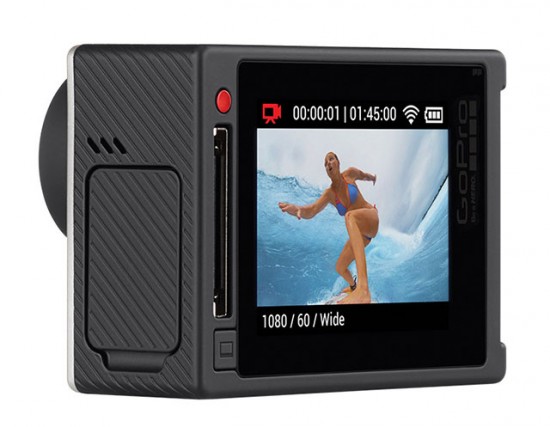
By admin, on September 18th, 2014
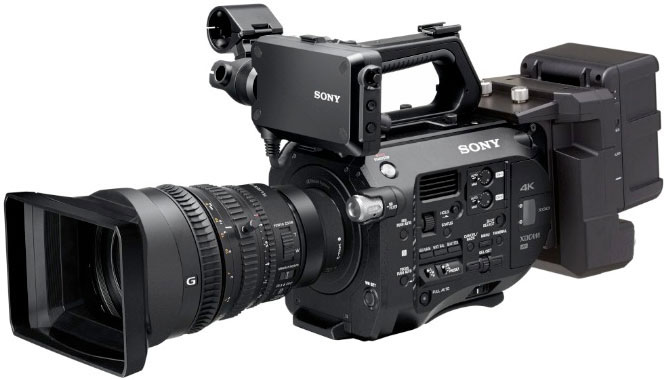
Sony has manufactured yet another 4K video camera. In and ever crowed and competitively priced market, Sony has finally made a sub $10,000 interchangeable lens, ASP-C 4Kinternally recordable camera. However, it seems like Sony may be late to the dance. There are some great features on this camera, which we will look at later in this article. However,what Sony does not get at times is the more forward thinking manufactures who are new tothe dance and are delivering democratization of cinema in droves, where Sony is still stuck, in some ways, in a twentieth-century, their hand in your proprietary-pocket paradigm. If we compare this camera and its proprietary nature to the competition, this camera fails to deliver in some areas, but excitingly delivers in others.
Sony’s first affordable 4K option was the FS700. A very good and viable option for a my riadof video applications, the FS700, however, did not shoot 4K video internally. It came with a price tag of $7,699, which was for HD only. In order to shoot 4K video, one need to spendan additional $5,350 dollars to purchase Sony’s proprietary recorder called the AXS-R5.The total set back for acquiring 4K video less lens was $13,049. In addition to that, a firmware update was needed (at a cost) and a Sony proprietary v-lock battery to run the recording unit.
There are four well-known manufacturers, which made external recorders: AJA, Atomos,Blackmagic and Convergent Design. Two of which have taken their expertise with videodata recording and parlayed that expertise and technology into sub $10,000, professional4K video cameras. The first of which is the AJA Cion. The Cion retails for $8995 and is completely vacant of proprietary connectors. This camera is light (about 6lb) and balances nicely on your shoulder. It also comes with a PL mount for professional glass applications.Two XLR inputs for audio as well as either V-mount or Anton Bower mount depending onyour battery needs. It also shoots 4K video internally to removable solid-state drives.
The Blackmagic URSA (A Detailed Look – Blackmagic URSA and CFast Cards) , on the other hand retails for a little less. The Blackmagic URSAretails for between $5,995-$6495, depending on which lens mount option you choose. ThePL mount option is $500 more than the Canon mount, which gives one a nice variety of Cinema lensesa nd DSLR to use. The URSA, like the Cion, records 4K internally, thetrade off being less money for the URSA, more money for the recording media. Instead ofusing solid-state drives, the URSA uses CFast media, which is of compact flash linage. Theadvantage being, with CF media, you can record CinemaDNG RAW, a lossy compressed format with a 4:4:4 color space. The Solid state drives for the Cion can record a 4:4:4 colorspace in ProRes. The Blackmagic URSA also comes with a full HD 1920×1080 10.1-inchmonitor, which folds in flush the camera body when stowed. The Cion needs either anexternal monitor or electronic viewfinder solution—an accessory not included with thecamera.
Let us look at the Sony FS7. There are many features on the FS7 that are well thought outand value based for the consumer. The first of which is the electronic viewfinder. Similar tothe viewfinder solution first seen on Sony HD video cameras like the PMW-EX3, the view finder solution on the FS7 uses a small OLED monitor with a diopter and eyepiece for magnification. This is a very nice option, where in some other cameras in this class, most likely a third party solution is needed via an Alphatron, Zacuto or Cineroid EVF. Another feature of note on the FS7 is the stow able smart handgrip. This handgrip, reminiscent of theAaton LTR 54 and the XTR Prod, makes it easier to not only balance the camera, but also have start stop record, assignable buttons and zoom control. On the audio side, Sony has placed two XLR inputs neatly on the right hand side of the camera, facing toward the rear ofthe camera, thus is reminiscent of the Arri Amira. TheFS7 unlike its predecessor, the FS 700will shoot 4K internally via Sony legacy CODECS, however, if you want to shoot RAW or toan external recorder, Sony’s proprietary monster rears its ugly head.
A further investigation into Sony’s new 4K camera, the FS7, the lowdown. The first item ofnote is that the FS7, comes with a proprietary lens mount. Fitted with an E-mount, the FS7will only take Sony and a few Zeiss DSLR lenses, none of which have manual iris and hardstop focus control. However, that may change. As a kit option, or individually, Sony has anew lens, which has manual focus and aperture as well as a full auto feature. Called the FE-PZ, this lens has a generous 15x zoom range from 28-135mm, with a consistent maximum aperture throughout. Kit price was not available, however, this lens is available for individual purchase. Pricing according to B&H and Adorama is $2,499, a relative bargain for a manualfull-frame lens with zoom control. Because this lens is also a full-frame design, it is also aviable option for Sony’s A7S Full-frame DSLR, which also can shoot 4K, via HDMI output toan external recorder. The drawback to this lens would be the moderate f-stop (f4) and lackof bokeh found with faster lenses.
Sony adds more proprietary devices. In addition to the above-mentioned items of glass,mounts, audio placement and multi-function handle, you need more accessories to shootcomfortably and professionally. The first item of note would be the fact that the FS7 doesnot rest comfortably and or ergonomically on one’s shoulder. The size of the camera with lens is something in between an ENG camera and a camcorder. To accessorize this kit, youneed to purchase a shoulder pad and rail solution. This is especially evident when you add Sony’s interface box, which allows you to export RAW video. The interface also has a battery solution, however, this is proprietary as well, taking a Sony v-lock. There are noother battery options like the ones available on the Blackmagic URSA and AJA Cion.Additionally, if you want to output RAW or ProRes files, youwould need to purchase the interfacebox accessory from Sony for around $2,000. This would allow you to connect Sony’s own AXS–R5 orany of the other external recorders from AJA, Atomos, or Convergent Design. The FS7 records internally to Sony’s XQD recording media, which has transfer rates (read/write) upto 180MB/s. These cards are reasonably priced with a 64gb card retailing for $298.95.
In a confluence of two former divergent paths, Sony’s FS7 has made up a great deal ofground. Although not a perfect camera, it does make substantial inroads towards the Democratization of Cinema. For $8,000 you get a 4K camera, which can record 4Kinternally, a first for Sony at this price point. However, the camera is not without its flaws.Other manufacturers such as AJA and Blackmagic have very completive offerings—givingyou more professional features such as internal recording of 4:4:4 color space. Moreover,the lensing options for theses new comers covers a wider range of glass. Sony with its blinders on has focused its competitive gaze not on the new comers, but more on Canonand their C500, which retails for $19,999. With the FS7’s ability to record higher bit rates with and more professionalCODEC options, Canon may be the real laggard in this race. Completion is good. It causeslegacy companies to rethink their business model and manufacturing paradigm and itcreates innovation from new companies willing to think beyond the status quo. As RED had done a decade ago, giving us the first 4K production camera, one of the legacy giants,Sony, has now awoken with a substantial new offering their own, the FS7.
About the Author: Thomas Cznarty is a lecturer at the State University of New York at New Paltz. Currently, he teaches in the Communication and Media department. He writes poetry, short fiction and screenplays. Thomas Cznarty is also a filmmaker and media producer with a strong background in film and television production.
|
KEEP THIS BLOG ALIVE - Support New Camera Buy Canon Lenses, Buy Music CD or Digital Camera at amazon it helps this site, and you do not pay anything extra, it is just a way to help support this site.

|





 10x optical zoom 8.9-89mm f/2.8-5.6 4k video lens.
10x optical zoom 8.9-89mm f/2.8-5.6 4k video lens.










